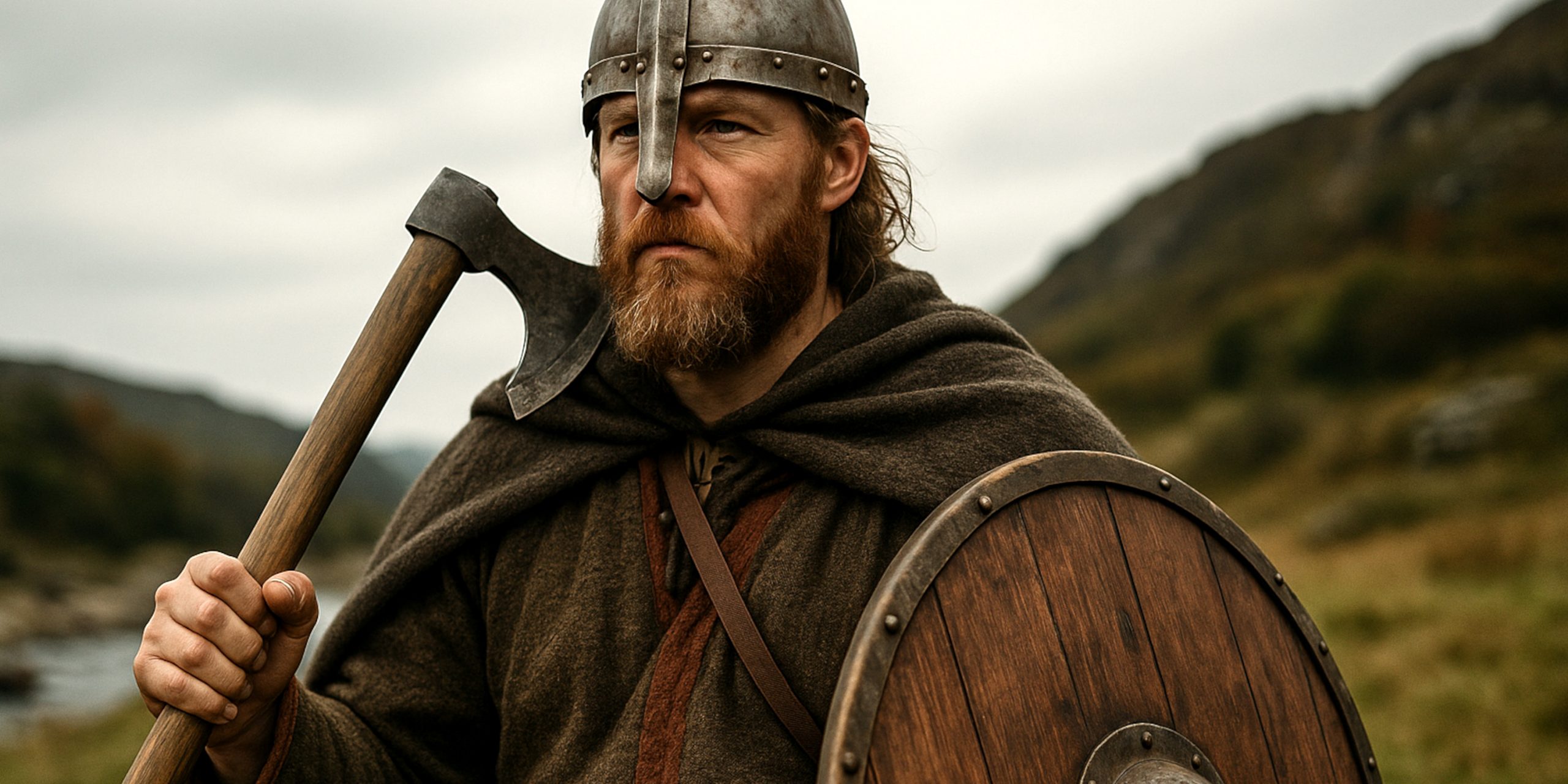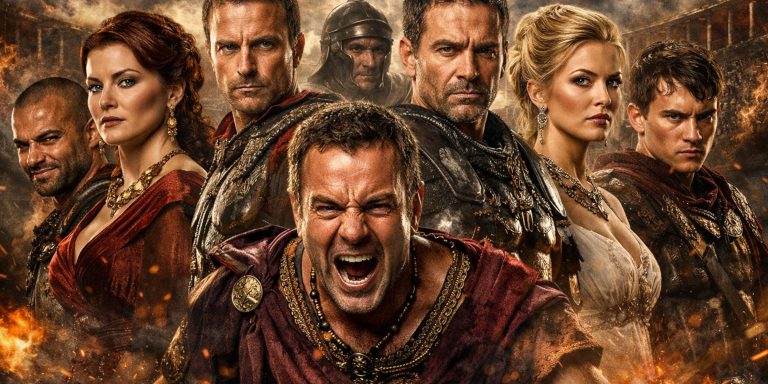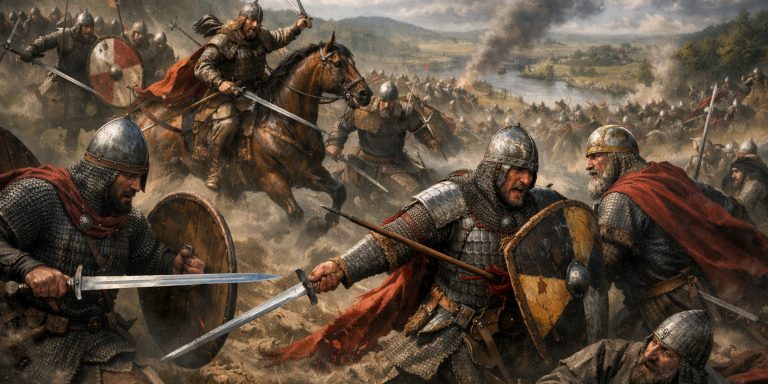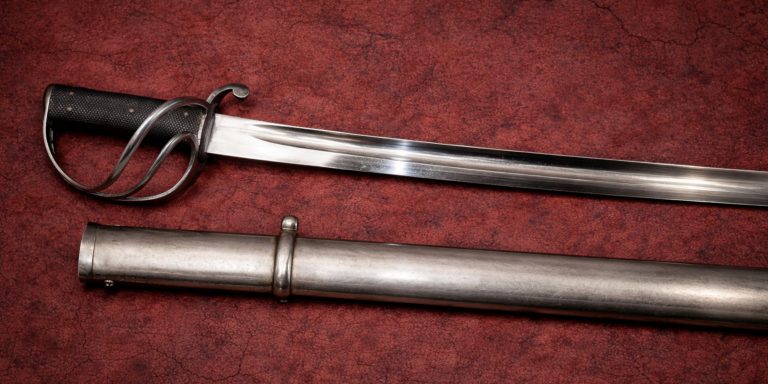
Separating truth from legend about Norse warriors
Vikings have captured the imagination of modern culture through tales of violent raids, horned helmets, and seafaring glory. But how much of what we think we know is accurate? While some elements of Viking life were truly brutal and adventurous, others have been twisted by legend, media, and nationalistic myth-making.
Here are seven facts grounded in historical evidence, and seven myths that continue to cloud our understanding of these complex Norse societies.
7 Facts About Vikings
1. Vikings Reached North America Before Columbus
Centuries before Columbus sailed to the Caribbean, Norse explorers led by Leif Erikson established a short-lived settlement at L’Anse aux Meadows in Newfoundland, around the year 1000. Archaeological evidence supports this early Norse presence in North America.
2. They Had a Complex Legal System
Viking societies used assemblies called Things to settle disputes, pass laws, and conduct communal business. These gatherings were democratic in nature, with decisions made by consensus or vote among free men.
3. Vikings Were Skilled Shipbuilders
Their longships were technological marvels of the age. Sleek, fast, and capable of navigating both open sea and shallow rivers, these ships enabled rapid raids and trade across Europe, Asia, and beyond.
4. Women Had Rights and Agency
While not equal to men, Viking women could own property, initiate divorce, and reclaim dowries. Some even took part in combat or held positions of social power, particularly in Icelandic and Scandinavian sagas.
5. Vikings Traded Extensively
They were not only raiders but also merchants who established vast trade networks. Viking traders reached the Byzantine Empire, the Islamic Caliphates, and Central Asia, bringing back silver, silk, spices, and more.
6. Runestones Were a Common Way to Honour the Dead
Across Scandinavia, runestones commemorated the deeds of the deceased, particularly those who died abroad. These stones served both as memorials and as displays of wealth and status.
7. They Had a Polytheistic Religion Before Christianity
Vikings believed in gods like Odin, Thor, and Freyja. Their religion involved rituals, sacrifices, and a belief in a richly imagined afterlife, including Valhalla for warriors who died bravely.
7 Myths About Vikings
1. They Wore Horned Helmets
There is no archaeological evidence that Viking warriors wore horned helmets into battle. This image likely came from 19th-century opera costumes and Romantic art, not historical reality.
2. All Vikings Were Brutal Raiders
While raids did occur, most Norse people were farmers, fishermen, and traders. The raiding phase was limited in duration and driven by specific economic and political pressures.
3. Vikings Were One Unified People
The term “Viking” refers more to an activity (raiding or voyaging) than an ethnicity. Norse people were divided into different groups, such as Danes, Swedes, and Norwegians, with distinct regional cultures.
4. They Were Dirty and Unkempt
Contrary to the stereotype, Norse people were relatively hygienic for their time. Combs, tweezers, ear picks, and grooming tools are common finds in Viking-age graves.
5. They Only Attacked Monasteries
While monasteries were lucrative and lightly defended, Vikings also targeted cities, trading posts, and fortresses. Their raids evolved into organised military campaigns and even state-building in places like Normandy and Kievan Rus.
6. Viking Helmets Had a Standard Look
In reality, few Viking helmets have been found, and the ones that survive are simple, conical, and without decoration. Most warriors likely wore leather caps or went bareheaded in battle.
7. They Were Ignorant Barbarians
Viking societies had oral poetry, seafaring astronomy, metallurgy, and rich cultural traditions. While they were capable of violence, they also built towns, minted coins, and influenced European law and language.
The Seven Swords Takeaway
The Vikings were not simple marauders but a mix of raiders, settlers, traders, and explorers. While their legacy includes moments of undeniable brutality, they also contributed to cultural exchange and left lasting marks across Europe and beyond. Recognising the facts beneath the myths allows for a more complete picture of who the Vikings really were.



